The world of weather enthusiasts and meteorologists is filled with various abbreviations and jargon. One such abbreviation that often raises eyebrows is ‘WX’, which stands for ‘weather’. This shorthand is widely used in meteorological reports, weather forecasting, and also in the field of amateur radio. But what is the story behind this peculiar abbreviation? Let’s delve into the fascinating origin and usage of ‘WX’.
Table of Contents
WX, The Weather Abbreviation?
The abbreviation ‘WX’ for weather has its roots in the world of telegraphy. In the late 19th and early 20th centuries, Morse code was widely used for sending messages over long distances. In Morse code, the letter ‘W’ is “.–” and ‘X’ is “-..-“. When put together, ‘WX’ became a quick and efficient way to denote ‘weather’ in coded messages. Interestingly, the ‘X’ does not stand for any particular word or term related to weather; instead, it follows the ‘W’ mainly for brevity and ease of transmission. This shorthand was later adopted by weather broadcasters, forecasters and amateur radio operators, and has remained in use to this day. Despite the evolution of technology and communication methods, the legacy of ‘WX’ as an abbreviation for weather endures, reflecting the enduring influence of Morse code on modern terminology.[1],[2]
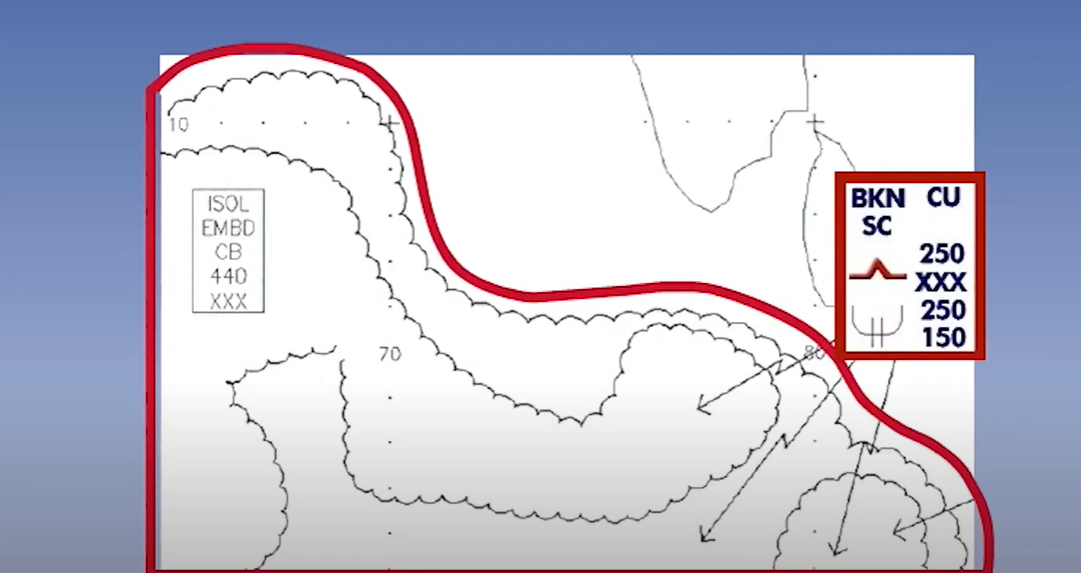
Why WX? What is the WX Meaning?
The ‘WX’ abbreviation, as discussed, has its roots in Morse code telegraphy where it was used as a shorthand for ‘weather’. But why ‘WX’? Well, the rationale is quite simple: it’s a matter of efficiency and speed. Telegraph operators needed to transmit messages quickly and accurately, making brevity essential. The combination of ‘W’ and ‘X’ in Morse code was concise and distinct, making it less prone to error in translation or transmission. Moreover, the ‘X’ does not symbolize anything particular in the context of weather – it’s just an arbitrary character that follows ‘W’. Its primary purpose was to create an abbreviation that was unique and quick to transmit. Over time, ‘WX’ has been ingrained in the vernacular of weather communications and has persisted even as technology has evolved, underlining the enduring impact of Morse code on contemporary language.[1]
Ham Radio / Weather Radio
Ham radio, also known as amateur radio, has a long-standing relationship with the weather forecasting community. This relationship can largely be attributed to the abbreviation ‘WX’. Ham radio operators often use ‘WX’ to quickly communicate weather conditions or incoming weather events. On a wider scale, amateur radio networks often play a critical role in times of severe weather emergencies like hurricanes or tornadoes, providing real-time weather updates and assisting in rescue operations. The use of ‘WX’ in this context is not only a nod to its historical roots in Morse code but also a testament to its enduring relevance in modern weather communication. Similarly, weather radio services, which broadcast continuous weather information from the nearest National Weather Service office, also use ‘WX’ as part of their routine language to deliver precise and concise weather forecasts. Thus, amateur radio operators and weather radio services both contribute to the ongoing use and recognition of ‘WX’ as a universal abbreviation for ‘weather’.[1]

WX Meaning Today
In today’s digital age, the abbreviation ‘WX’ continues to hold its ground, maintaining its relevance and applicability across various platforms. From tweets and text messages to aviation meteorology and scientific reports, ‘WX’ is universally recognized as a symbol for ‘weather’. Its concise nature makes it ideal for digital communications where character count may be limited. Additionally, ‘WX’ has transitioned into the realm of weather-related software and apps, where it is used as an intuitive shorthand to denote weather data or features. Despite the rapid advancements in technology and communication, the persistence of ‘WX’ as an abbreviation for weather demonstrates the enduring legacy of Morse code and the telegraph era in our modern vernacular. It serves as a remarkable example of how historical practices can seamlessly blend into contemporary usage, standing the test of time.[2]
FAQ
What does WX mean in weather?
‘WX’ is a universally acknowledged abbreviation for ‘weather’, derived from the world of Morse code telegraphy. In the early days, telegraph operators used this shorthand to quickly convey weather conditions in their transmissions. As time went on, ‘WX’ became deeply rooted in the language of weather communication.
Despite its historical origins, the term ‘WX’ remains relevant and widely used in modern contexts. From amateur radio broadcasts and weather forecasting to digital communications and weather applications, ‘WX’ continues to serve as an efficient and effective tool for conveying weather information.
Its brevity and uniqueness contribute to its enduring popularity. The concise nature of ‘WX’ allows for quick and effective communication, while its distinctiveness ensures that it stands out among other abbreviations.
The continued usage of ‘WX’ highlights the lasting influence of historical communication practices on contemporary language. It serves as a reminder of the evolution of communication tools and the significance of efficient language in conveying crucial information about weather conditions.
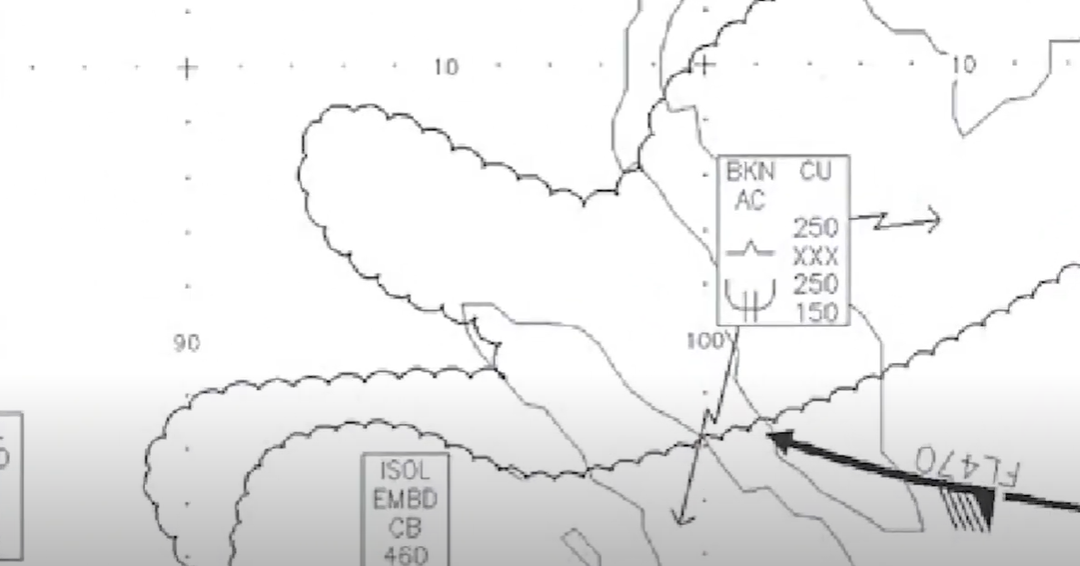
Why is it called WX?
The term ‘WX’ originated from the telegraph era, a time when messages were transmitted using Morse code. In this system, the ‘W’ in ‘WX’ represented ‘weather’, signaling the importance of meteorological information. To ensure a concise and distinctive abbreviation, the letter ‘X’ was added, creating a unique combination. This addition was driven by the need for brevity and efficiency in transmitting telegraphic messages.
The combination of ‘W’ and ‘X’ produced a short and distinct signal, minimizing the risk of errors during transmission or translation. This shorthand became widely adopted by weather forecasters and radio broadcasters, serving as a testament to the enduring influence of Morse code in our modern language.
Today, ‘WX’ continues to be utilized in various forms of communication, maintaining its relevance and significance. Its historical roots and the evolution of technology highlight the fascinating intersection between past and present in our linguistic landscape.
What does WX mean in aviation?
In the fascinating field of aviation, the abbreviation ‘WX’ carries a significant meaning: it universally represents ‘weather’. The use of ‘WX’ in aviation is not only prevalent but also indispensable, considering the pivotal role that weather conditions play in flight operations. From meticulous flight planning to precise in-flight navigation, pilots heavily rely on accurate weather forecasts to ensure the utmost safety and operational efficiency.
The availability of precise and up-to-date weather data empowers pilots to avoid potentially hazardous weather conditions, allowing them to determine the most optimal flight routes and altitudes. Furthermore, it enables pilots to effectively plan for any potential contingencies that may arise during the course of the flight. This is particularly important in ensuring the safety of passengers and crew members on board.
In the realm of aviation meteorology, the ‘WX’ abbreviation finds its place within meteorological reports known as METARs and TAFs. These reports provide concise and standardized weather information to pilots and air traffic controllers, enabling them to make well-informed decisions based on the prevailing weather conditions.
Moreover, the use of ‘WX’ extends beyond written reports and into pilot-controller communications. In this context, ‘WX’ serves as a convenient shorthand to swiftly relay weather updates, facilitating efficient and effective communication between pilots and air traffic controllers.
It is worth noting that the continued use of ‘WX’ in aviation reflects the enduring legacy of Morse code and its substantial impact on modern communication conventions. This historical connection adds an intriguing layer to the use of ‘WX’ in aviation, highlighting the rich tapestry of communication methods that have shaped the industry.
In conclusion, the significance of ‘WX’ in aviation cannot be overstated. It is a symbol of the paramount importance placed on weather information in the aviation community, emphasizing the commitment to safety, efficiency, and effective communication in every flight operation.
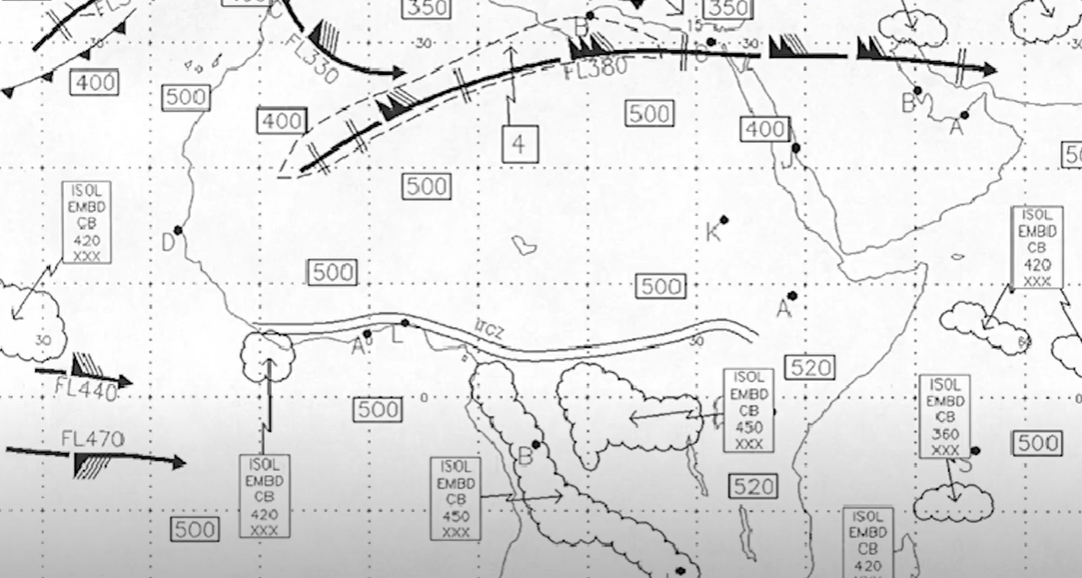
What does the hashtag WX mean?
In the world of social media, hashtags have become an incredibly powerful tool for categorizing, finding, and sharing content related to specific topics. One such hashtag that is widely used is ‘#WX’, which stands for ‘weather’. This hashtag is commonly used on platforms like Twitter, Instagram, and Facebook by individuals, meteorologists, and weather stations to share real-time weather updates, forecasts, or engage in discussions about weather-related topics.
When users click on or search for the ‘#WX’ hashtag, they are instantly connected to a vast array of posts and discussions related to weather, creating a convenient and efficient way to stay informed and engaged with weather-related content. It’s fascinating to see how the abbreviation ‘WX’ has seamlessly adapted to the evolving modes of communication, specifically in the language of social media.
By using the ‘#WX’ hashtag, users are not only able to access a wealth of information and insights about weather conditions, but they are also able to join a community of weather enthusiasts, where they can share their own experiences, ask questions, and contribute to the ongoing conversation. This interconnectedness and accessibility further highlight the significance of hashtags in facilitating engagement and knowledge-sharing across various social media platforms.
In summary, the widespread usage of the ‘#WX’ hashtag in social media platforms like Twitter, Instagram, and Facebook demonstrates how it has become a vital tool for weather-related discussions, updates, and forecasts. Its popularity among individuals, meteorologists, and weather stations showcases the immense value it brings to the online weather community, allowing users to easily access a wealth of weather-related content and connect with like-minded individuals. The evolution of ‘WX’ as an abbreviation is a testament to the ever-changing landscape of communication and the adaptability of language in the digital age.
What is the abbreviation for WX?
The term ‘WX’ itself is an abbreviation standing for ‘weather’. It does not have an abbreviation of its own as it is already a condensed form used to denote weather conditions in various contexts, such as Morse code communications, amateur radio broadcasts, aviation meteorology, and social media. The usage of ‘WX’ as an abbreviation is a reflection of both historical communication practices and the evolving needs of our digital age, where brevity and speed are of the essence.
In the realm of Morse code communications, ‘WX’ serves as a concise representation of weather reports, allowing operators to swiftly transmit crucial meteorological information across vast distances. Similarly, in the world of amateur radio broadcasts, ‘WX’ has become a shorthand way to convey real-time weather updates to fellow enthusiasts.
Furthermore, within the realm of aviation meteorology, ‘WX’ plays a vital role in succinctly communicating weather conditions to pilots and air traffic controllers. This abbreviation enables quick and efficient exchange of critical information, ensuring safety and effective decision-making in the fast-paced aviation environment.
Lastly, in our modern digital landscape, where brevity and speed are highly valued, the usage of ‘WX’ as an abbreviation for ‘weather’ is a testament to the need for concise yet effective communication. Whether it’s a social media post or a text message, the abbreviated form ‘WX’ allows individuals to convey weather-related information swiftly, without sacrificing clarity or understanding.
So, the term ‘WX’ may not have its own abbreviation, but it serves as a powerful and versatile shorthand that encapsulates the vastness of weather-related discourse across different communication mediums.
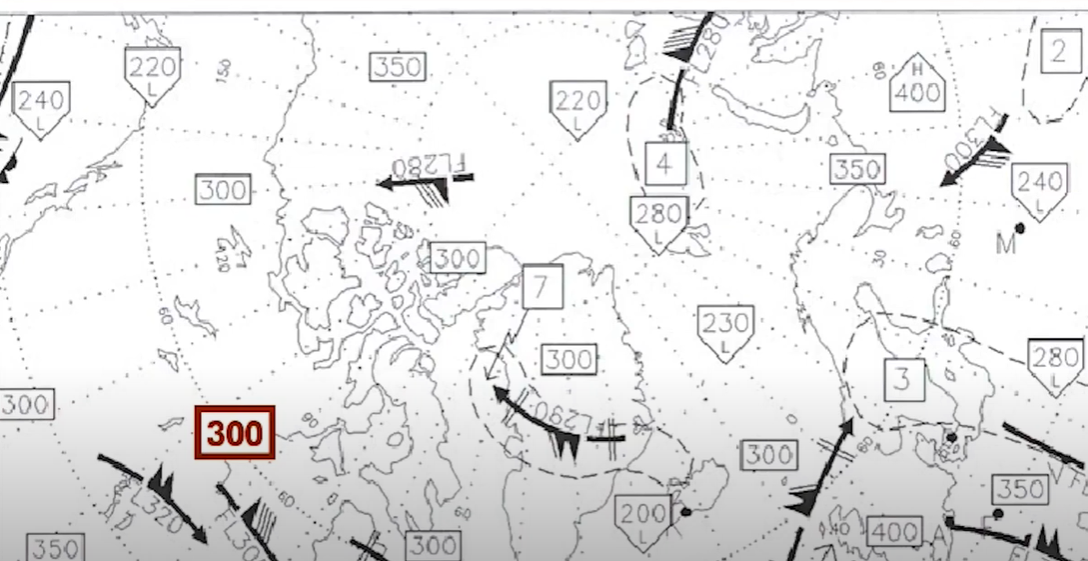
What is the full form of WX?
The acronym ‘WX’ derives from the word ‘weather’ and has its roots in Morse code telegraphy. This abbreviation has withstood the test of time, maintaining its relevance and applicability in various forms of communication. Whether it’s in the realm of amateur radio, aviation meteorology, digital communications, or even social media, ‘WX’ continues to serve as a concise and universally recognized shorthand for referring to weather conditions. The enduring use of ‘WX’ highlights not only the influence of historical communication practices on our modern language but also the adaptability of such practices to meet the evolving needs of our digital age.
Throughout history, effective communication has been vital in conveying information efficiently. The development of Morse code, a system of dots and dashes, revolutionized long-distance communication in the 19th century. Morse code allowed for the transmission of messages using electrical impulses, making it possible to communicate across vast distances without the need for a physical connection.
In this context, the abbreviation ‘WX’ emerged as a shorthand way of referring to weather conditions. The concise nature of ‘WX’ made it ideal for use in telegraphy, where messages had to be transmitted quickly and accurately. Over time, ‘WX’ became ingrained in the communication practices of various industries and fields.
In the realm of amateur radio, where operators rely on concise and standardized codes, ‘WX’ serves as an essential term to convey vital weather information. Aviation meteorology also heavily relies on ‘WX’ to communicate weather conditions to pilots, ensuring safe and efficient flights. In the digital age, ‘WX’ has found its way into the realm of digital communications and social media, where character limits and the need for brevity make it a convenient shorthand.
The enduring use of ‘WX’ as a shorthand for ‘weather’ showcases the adaptability of communication practices across different eras. While Morse code telegraph may seem outdated in today’s digital world, its influence persists in the form of widely recognized abbreviations like ‘WX’. The ability to convey complex ideas concisely is a testament to the ingenuity of human communication, transcending time and technology.
So, the next time you come across ‘WX’ in a conversation or a digital message, take a moment to appreciate its rich history and the role it plays in our modern communication landscape.
Useful Video: Weather Report
Conclusion
The abbreviation ‘WX’ for ‘weather’ showcases the fascinating evolution of language and communication, from the Morse code era to the digital age. It is a testament to the ingenuity of human language development throughout history. Despite technological advancements and changing communication modalities, ‘WX’ continues to be a universally recognized shorthand for ‘weather’ across various fields, including amateur radio, aviation, digital communications, and social media.
This enduring usage of ‘WX’ not only highlights the practical importance of brevity and speed in communication but also reflects the remarkable adaptability of historical practices to modern needs. It demonstrates how a simple abbreviation can transcend time and remain relevant in the fast-paced world we live in. Whether in a pilot’s flight briefing or in a hashtag on a social media post, ‘WX’ stands as a testament to the indelible influence of our communication history on the languages of today and tomorrow.
The ability of ‘WX’ to convey a complex concept with just two letters is a testament to the power of linguistic efficiency. It serves as a reminder that concise communication is not only practical but also essential in a world where information is constantly being exchanged. ‘WX’ is an embodiment of the human desire for effective and efficient communication, and it symbolizes the ongoing evolution of language as we adapt to new technologies and modes of interaction.
As we continue to witness advancements in communication, ‘WX’ remains a constant reminder of the roots from which our modern language systems have grown. It serves as a bridge between the past and the present, reminding us of the rich history that underlies our everyday conversations. So, the next time you see ‘WX’ used to represent ‘weather’, take a moment to appreciate the intricate tapestry of language and communication that has shaped our world.
References:
- https://wxobservation.com/wx-abbreviation-for-weather/
- https://www.weatherstationadvisor.com/abbreviation-wx-means-weather/

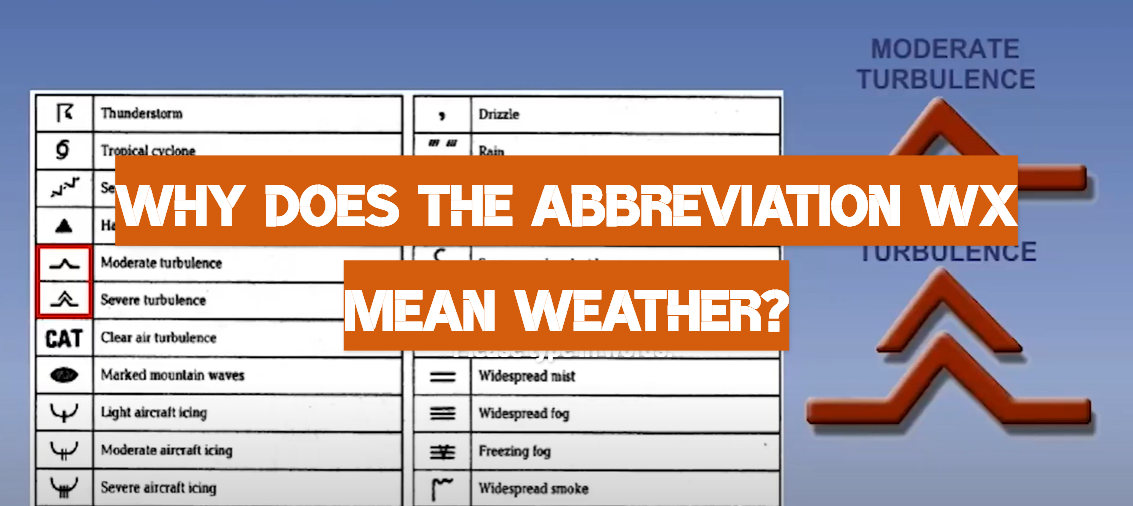
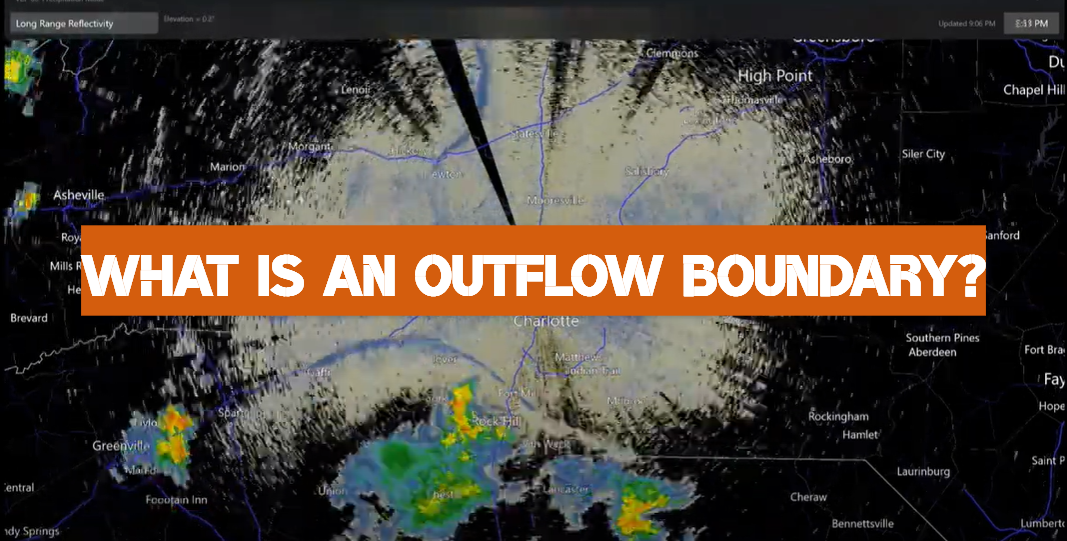


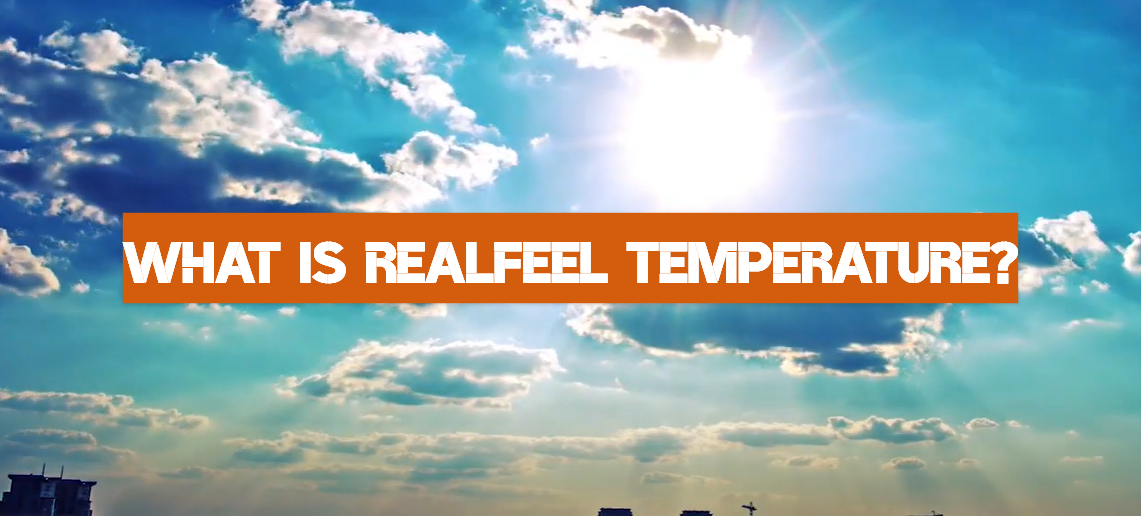
Leave a Reply